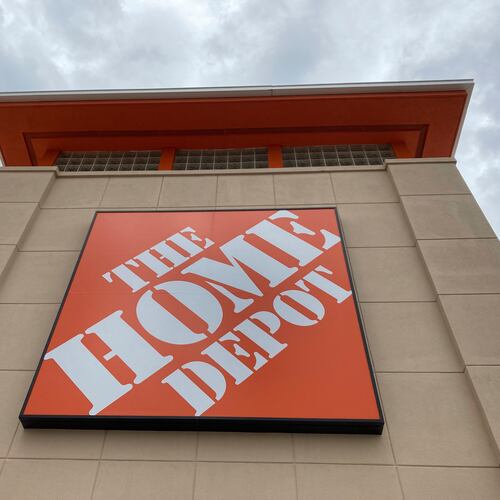When the newly named executive director of the Georgia Ports Authority looks out on the Savannah River as two tugboats dock a ship from Asia, he imagines a line from Chicago to Dallas.
Curtis J. Foltz notes that 80 percent of the U.S. population lives east of that line.
He believes his port, the 4th-busiest in the nation, with two multi-modal railroad terminals can serve that land of consumers far better than Los Angeles, home of the nation’s No. 1 port.
And when the Panama Canal is expanded in 2014 to allow for ships twice the size of the biggest ones docking in Savannah today, Foltz expects the Savannah River to be 6 feet deeper and his port plenty capable of sending and receiving cargo by rail to and from hubs in Memphis, New Orleans, even Columbus, Ohio.
Stretching the reach of one of Georgia’s main economic engines beyond its current five-hour truck zone is part of Foltz’s vision for the Georgia Ports Authority.
Today he’s its chief operating officer. Come January, when Doug J. Marchand retires, Foltz will assume the helm of an operation that generates $58 billion in sales and supports 286,000 full and part-time jobs in Georgia, according to UGA’s Jeffrey Humphreys, who studies the economic impact of our ports.
As Foltz continues our tour, we are looking at and driving around 35,000 containers, most the size of a semi-truck trailer. Before sundown, at least half of these will be moved, from truck or rail to ship, or vice versa, or unloaded and stacked seven trailers high among the hundreds of rows.
On any given day, about 3,500 trucks will roll in and out of the terminal, bringing cargo to and from the 44 ships that dock at Savannah’s Garden City terminal each week. About 75 percent of those vessels make the 3-week trip to and from Asia, by far our major source of business.
What are they bringing in?
Think Wal-mart. Target.
We ship out forest and paper products and chickens.
Georgia is chickens, and Savannah leads the nation in shipping poultry.
(The port in Brunswick is part of the Georgia Ports Authority. It caters mainly to our auto industry and agribusiness.)
Currently, Savannah serves mostly a five-hour driving zone with the outer limits at Atlanta and Charlotte. Nearly $8 billion in cargo moved between Atlanta’s 141 distribution centers and Savannah last year.
But Foltz envisions a hub and spoke system in coordination with CSX and Norfolk Southern railroads, which can deliver goods to hubs cities east of that line from Chicago to Dallas. From there, the trucks would provide the spokes.
But for that dream to come true, Congress must authorize spending $350 million to dredge the Savannah River six feet deeper. As with anything involving the environment and a valuable resource that is shared with another state, there are critics.
But after 10 years and $38 million, the project is expected to get the final go ahead a year from now.
“We are cautiously optimistic,” Foltz says.
Thomas Oliver writes the Sunday business column. He can be reached at toliver.writeright@gmail.com
About the Author
Keep Reading
The Latest
Featured


